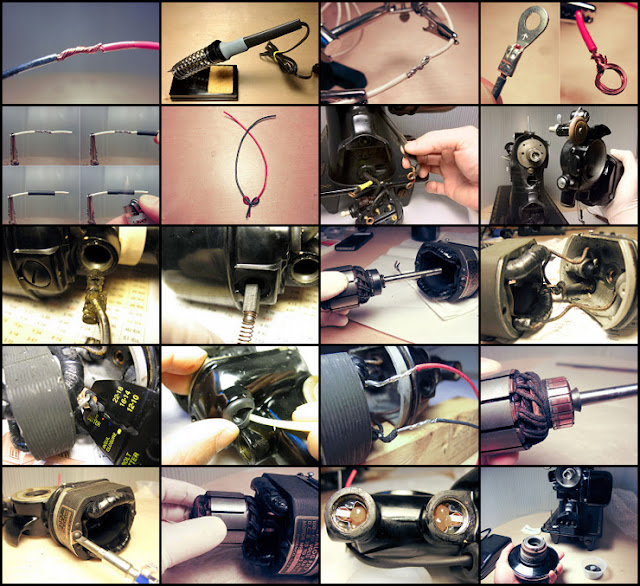Time to answer some reader questions. These photos here were sent to me by reader Hans in Chicago. As he writes,
In a thrift store, my wife bought this Singer model 206. Our six-year-old recently expressed interest in sewing and we were looking for a machine to get her started.
Hi Hans, I really like the 206 and own several. That being said, the 206 wouldn’t be my top choice to teach sewing to a child, for two reasons:
One, the zigzag adds a layer of complexity you could avoid with a straight-stitch model like the 15, 201, 99, 66 or 221.
Two, more significantly, the design of the 206 requires that the entire machine be tilted back on its cabinet-mounted hinges in order to access and change the bobbin. Some 206s are aluminum, rather than the heavier cast-iron, but even with an aluminum model, this process will likely not be easy for a six-year-old child. You’ll also have to ensure they don’t let the machine slam back down on their fingers.
From what I’ve read in the forums, many people teach children to sew using handcrank machines. If you go this route, I think the most economical route to go would be to acquire a cheap model 99 or Spartan and buy an aftermarket handcrank.
Jenny at Sew-Classic sells them.
I should also mention that I’m not a skilled seamster and have no experience teaching sewing to either children or adults. If any readers have any experience in this area and can help Hans out with recommendations, please feel free to sound off in the comments.
More to come in Part 2.













